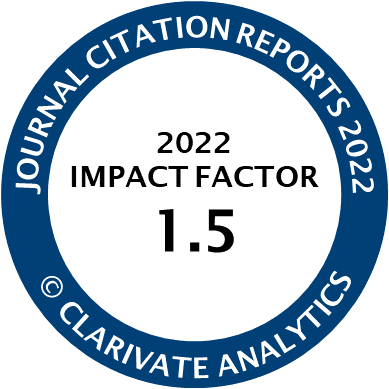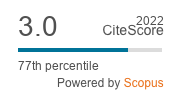Article | Open Access
Hope, Disillusion and Coincidence in Migratory Decisions by Senegalese Migrants in Brazil
| Views: | 1926 | | | Downloads: | 1013 |
Abstract: Uncertainty is an essential characteristic of our lives. However, by moving from one country to another, from a familiar context to an unfamiliar one, uncertainty becomes a key element of migrants’ decisions. In times of restricted mobility regimes, migrants often do not know if they will be able to reach the desired destination. Even if they manage to do so, it is still uncertain if they will be able to fulfil their aspirations. However, uncertainty also leaves room for hope. Departing from the conceptualisation of hope as the simultaneity of both potentiality and uncertainty and from the concept of circumstantial migration, this article analyses (1) retrospectively the decision of Senegalese migrants to move to Brazil and (2) the intentions of onward migration. Based on empirical data collected through ethnographic fieldwork in four Brazilian cities, this article shows how migration as a form of social hope is redirected to new destinations and that this redirection is a consequence of circumstances and coincidences, which enable or prevent movement. Potential positive outcomes of migration outweighed negative ones, which play a minor role and hardly affect decisions to leave Senegal. However, decisions to emigrate are often based on incomplete information and ill-informed expectations regarding the circumstances at the destination and can lead to feelings of disillusion. The impact of uncertainties shows a more differentiated picture in the context of onward migration intentions. While some migrants are willing to take big risks in onward migration, others try to minimize uncertainties.
Keywords: Brazil; hope; uncertainty; Senegalese migrations; south-south migration
Published:
© Philipp Roman Jung. This is an open access article distributed under the terms of the Creative Commons Attribution 4.0 license (http://creativecommons.org/licenses/by/4.0), which permits any use, distribution, and reproduction of the work without further permission provided the original author(s) and source are credited.




